SERVICE BASICS
From oil changes to new tires, get the services and products your vehicle needs.
What Do Dashboard Lights Mean?
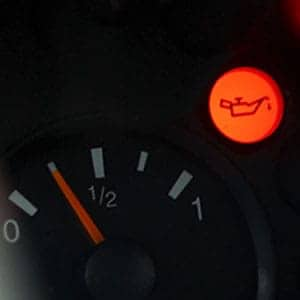
Engine Oil Pressure
The culprit:
There are a number of reasons this light turns on. It could be a low oil level, a bad oil pump, or a defective oil pressure sending unit, oil pressure gauge, or warning-light switch.
Worst case scenario:
If you don’t fix the problem, it could lead to total engine failure. That means your car shuts down and you’re most likely stuck with an expensive repair.
What to do:
First and foremost, stop your car. If you feel comfortable, roll up your sleeves and check your oil level. Top it off if it's low and if you have oil handy. If the problem is something other than oil level, the fix involves more than a dipstick and some oil. We recommend (quickly) putting your car in professional hands.
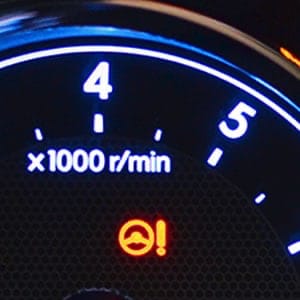
Power Steering
The culprit:
A steering wheel and exclamation point appear when your car’s power steering fluid levels are low or when there’s a fault in the system.
Worst case scenario:
If the power steering fails, it is best not to drive your vehicle, as it is very difficult to steer.
What to do:
If this light turns on, check your fluid levels and top them off if they’re low. If the light stays on after the fluid is filled or comes back on down the road, you should bring your car in to have it checked out by one of our experts.
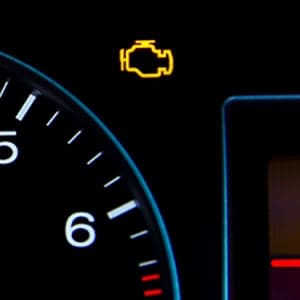
Check Engine Light
The culprit:
Anything from a loose gas cap to an engine misfire can illuminate this dreaded light. Either way, it’s important that you get it checked out as soon as possible.
Worst Case Scenario:
A blinking check engine light usually means a severe engine misfire is allowing unburned fuel to be dumped into your exhaust system. That can raise the temperature of your car’s catalytic converter to a point where damage will most likely happen and expensive repairs could be required. Pull over and turn off your engine.
What to do:
Don’t ignore this one. Check your dashboard gauges and lights for indications of low oil pressure or overheating. These conditions mean you should pull over and shut off the engine as soon as you can find a safe place to do so, according to Motorist.org.
You can also try tightening your gas cap (sometimes that solves the problem).
If the check engine light is blinking or you notice any serious performance problems, like a loss of power, reduce your speed and try to reduce the load on the engine.
Have your car checked as soon as possible to help prevent expensive damage.
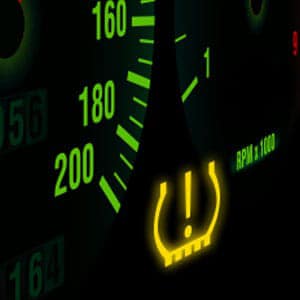
Tire Pressure Monitoring System(TPMS)
The culprit:
According to Motorist.org, this light illuminates when the system detects at least one tire with a pressure below the accepted minimum psi for your vehicle.
Worst case scenario:
Tire failure. Driving on an under-inflated tire can increase wear and make the tire very unsafe.
What to do:
If your tire warning light comes on after you start the car or when you’re driving, pull the vehicle off the road and find a safe place to stop and call for service. The tire should be inspected by a professional for damage.
One way to keep the light from turning on: follow the recommendations outlined in your vehicle's owner’s manual and keep your tires inflated to the pressures indicated on the tire placard.
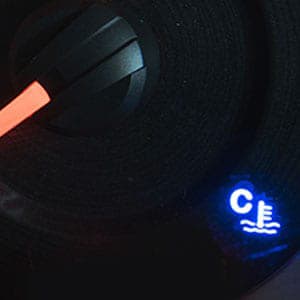
Coolant Temperature
The culprit:
This light typically comes on when your coolant levels are low or there’s a problem with the coolant level sensor system.
Worst Case Scenario:
Coolant is part of the circulation system your vehicle uses to cool off. If you don’t have the right levels, your engine can overheat, which could lead to a breakdown.
What to do:
Check your engine coolant levels as soon as possible. If your levels are low, the proper amount and type of coolant should be added. You should also get your car inspected for any leaks or problems with your coolant level warning system.